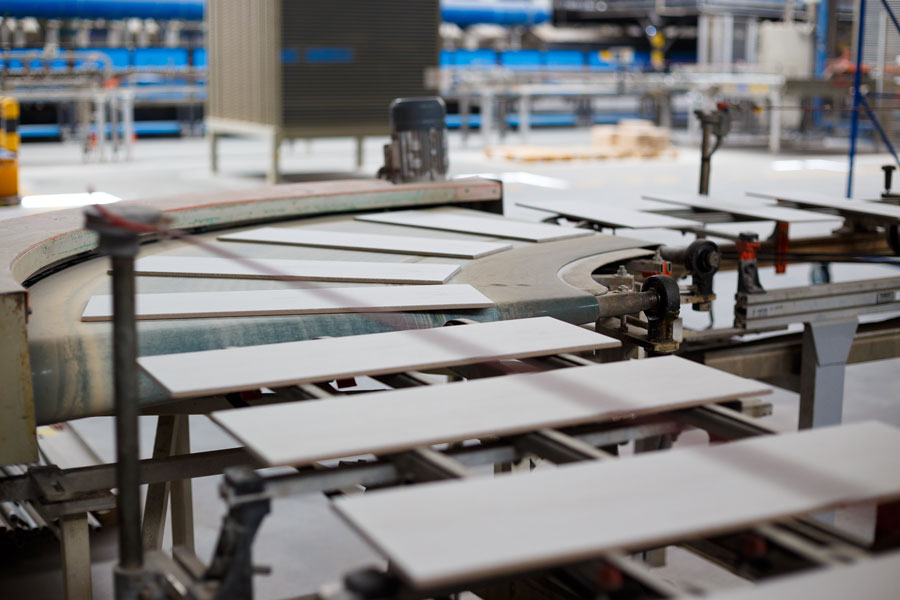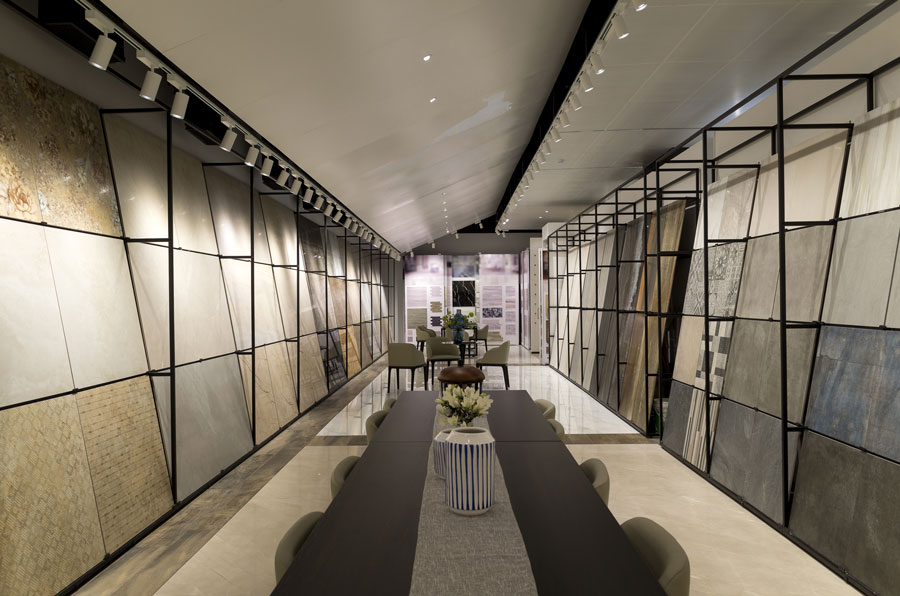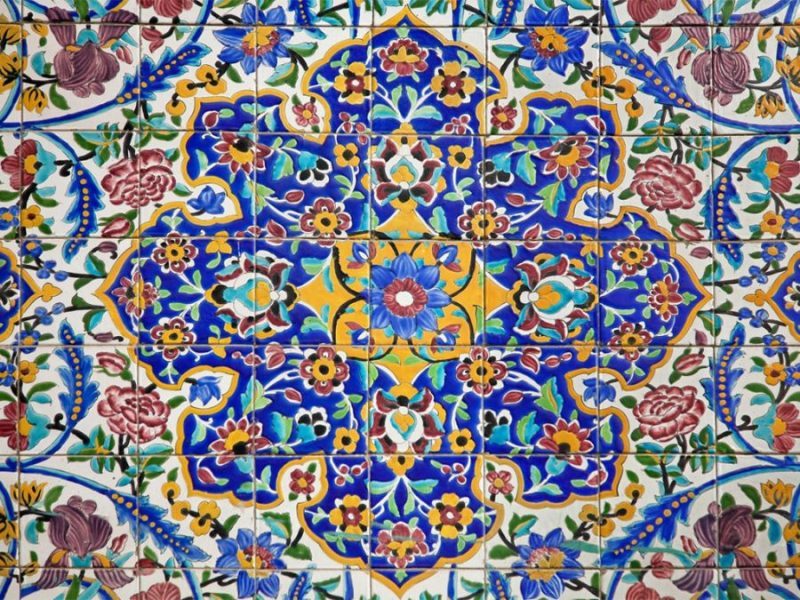Iran has a long and illustrious history of producing ceramics and tiles that are widely recognized for their beauty, quality, and durability. The Iranian art of ceramics and tiles originated in ancient Persia and has evolved over the centuries, influenced by different cultures and artistic traditions. In this article, Iran Ceramics and Tiles, we will explore about patterns, vibrant colors, and exquisite craftsmanship that define Iranian ceramics and tiles. Artisans employ various techniques, including hand-painting, glazing, and firing, to produce functional and decorative high-quality items. These ceramics and tiles find applications in architectural and interior decoration, as well as tableware. Today, the world seeks these exquisite products, a testament to Iran’s enduring legacy in ceramic and tile art.
Now select your favorite collection and request for Quotation.
History of Iran Ceramics and Tiles
Ceramic and tile production in Iran dates back to ancient times, with evidence of pottery and glazed tiles dating to the 8th millennium BC. The ancient Persians were known for their pottery skills and their pottery was highly prized throughout the ancient world.
During the Islamic Golden Age (7th-13th centuries CE), Iran became a center of excellence for ceramics and tiles, and this tradition continued throughout the Safavid Dynasty (1501-1736 AD). During this period, artisans created exquisite tiles and pottery with intricate designs, often incorporating floral motifs, geometric designs, and calligraphy.
In modern times, the production of ceramics and tiles in Iran continues to flourish and the country exports its products to many countries around the world.
Read more about “Iran Ceramic Tiles History: A Guide to the Country’s Rich Cultural Heritage”.
Types of Iran Ceramics and Tiles
Iran produces a wide variety of ceramics and tiles, each with its own unique properties and uses. Here are some of the most popular types of Iranian ceramics and tiles:
Glazed Tiles: Artisans create glazed tiles by coating a clay base with a layer of glaze, which they subsequently fire at a high temperature to achieve a hard and durable surface. These versatile tiles find application in various purposes, such as floors, walls, and decorative accents.
To know more about Iran’s Ceramics & Tiles and its different classifications, read the article “Iran Ceramic Tiles Market Size & Share Analysis“.
Mosaic Tiles: Artisans create these tiles by cutting small pieces of colored glass or ceramic and skillfully arranging them into intricate patterns or designs. Mosaics find frequent use in decorative applications, including murals, walls, and accents.
Porcelain Tiles: Porcelain tile is a type of ceramic tile commonly used for flooring and wall cladding with a water absorption rate of less than 0.5 percent. The clay used to make porcelain tiles is usually denser. They can be either glazed or unglazed. Porcelain tile is a type of vitrified tile, sometimes referred to as porcelain vitrified tile.
Do you want to know more about Ceramic & Tiles? Click Here.
Quality of Iran Ceramics and Tiles
The quality of Iranian ceramics and tiles is well-known around the world and many buyers seek these products for their beauty, durability, and craftsmanship. Here are some of the key factors affecting the quality of Iranian ceramics and tiles:
Skilled Craftsmen: Iran has a long tradition of producing skilled craftsmen who are experts in the art of ceramics and tiles. These artisans are highly skilled and have years of experience working with these materials, allowing them to create intricate designs and precise shapes.
Quality Materials: Irani ceramic tiles are made from quality materials such as clay, glaze, and glass. These materials are carefully selected for their durability, strength, and beauty.
Attention to detail: Iranian artisans pay meticulous attention to detail when creating ceramics and tiles, ensuring that each product is perfect in every way. From the shape of the item to the complexity of the design, every aspect is carefully considered and crafted to perfection.
Durability: Iranian ceramics and tiles are renowned for their durability, with many items lasting for decades, even centuries. This is due to the high-quality materials used, as well as the craftsmanship of the professionals who create each piece.
Now select your favorite collection and request for Quotation.
Conclusion
Iranian ceramics and tiles are among the finest examples of traditional arts and crafts in the world. These products have a long and rich history, with centuries of tradition and know-how behind them. The quality of Iranian ceramics and tiles is unmatched, with unique designs, vibrant colors, and long-lasting durability. Whether used for function, decoration, or as a work of art, ceramics, and tiles from Iran are sure to impress and delight.
Moreover, the production of ceramics and tiles in Iran is not only an art form but also an important economic sector providing employment for many people. This industry has grown in recent years with an increasing number of factories and workshops producing ceramics and tiles for domestic and international markets. As a result, the industry has become an important source of income for the country, contributing to economic growth and development.
In short, Iran Ceramics & Tiles are a testament to the country’s rich artistic and cultural heritage. These products are made with the highest quality materials, by skilled artisans who take great pride in their work. From glazed tiles to mosaic patterns, Iranian ceramics and tiles have a timeless beauty and elegance that makes them a sought-after item for buyers around the world. This industry is poised to continue to grow and we can expect to see even more exquisite examples of Iranian ceramics and tiles in the coming years.
Explore more about emmet Ceramics & Tiles.









